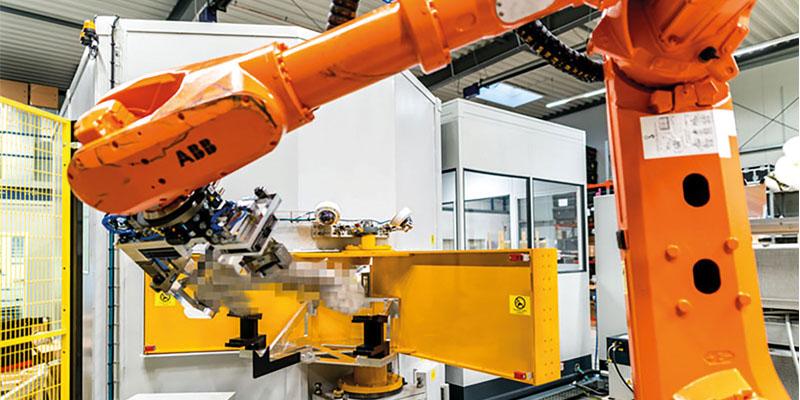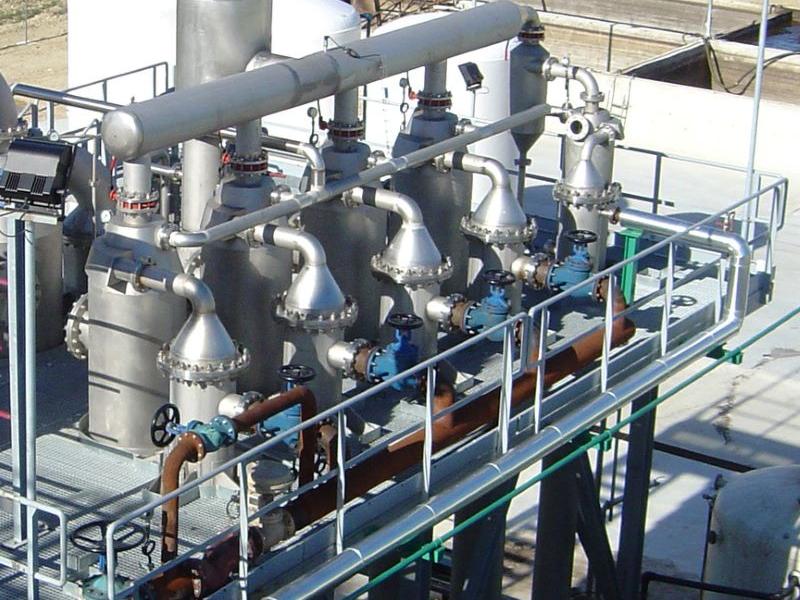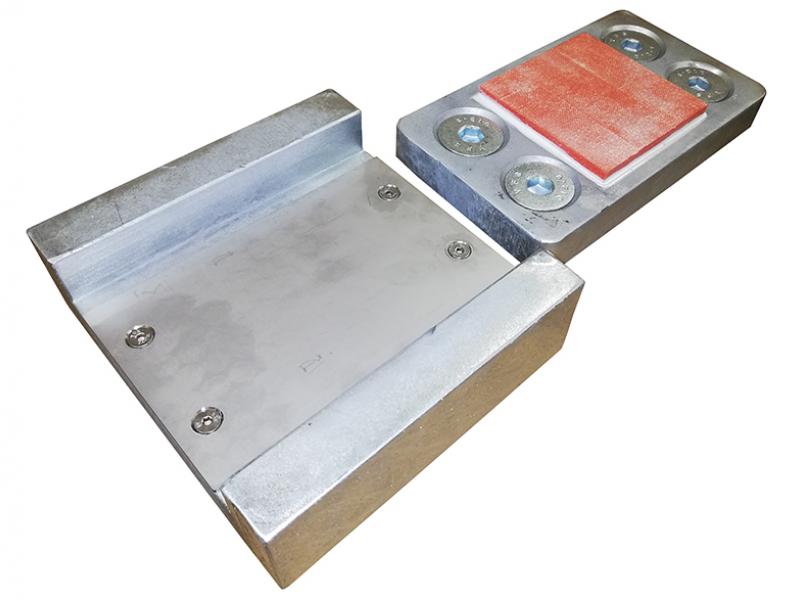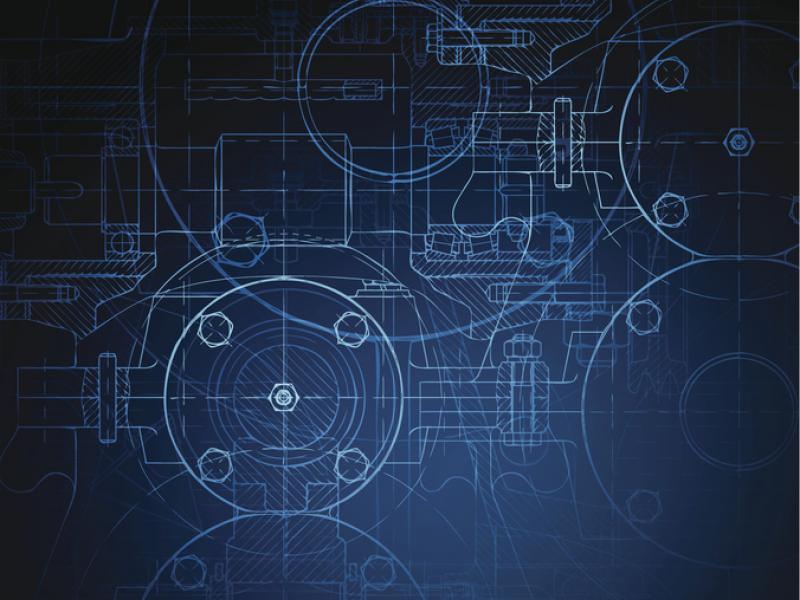ARTIFICIAL INTELLIGENCE (AI) or machine learning is on the rise in almost every industry. In addition to prominent examples, like autonomous driving, the inspection industry is also looking into this technology. The German R&D driven company, VisiConsult X-ray Systems & Solutions GmbH for example, is currently developing an AI platform to detect defects even more reliably and more automated than in the past.
X-ray technology is always used in the non-destructive testing (NDT). Unlike optical processes, internal defects like pores, inclusions or geometries can also be tested. Over the past decade of digitisation, digital detectors have been used much more heavily instead of analogue film. With this digitisation step, the data is available in real time and can be evaluated by computers. This is especially relevant in the automotive sector with its
high volumes and for 20 years VisiConsult has been delivering so-called Automated Defect Recognition (ADR) systems, which detect errors automatically after a human initiated component-specific parameterisation.
Nowadays, production cycles are getting shorter and shorter and the market is calling for faster ramp-up times. Furthermore,
the parts are going to be lighter and more complex, while the quality requirements increase to the same
extent. The classic image processing methods of the X-ray specialists require a high positioning accuracy and an extensive component parameterisation.
By using artificial intelligence, this effort could be massively reduced, predict
the specialists from VisiConsult. Initial
tests with available AI frameworks already achieved detection rates of up to 90 percent in a blind study compared
to the conventional procedure. “The tests in this area are still
in their infancy,” says Lennart Schulenburg, authorised signatory at VisiConsult. “Since our systems are used to test
safety-critical components, extensive tests and qualifications are necessary.” Automation is one of the focus topics of the family business, and in 2107 VisiConsult concluded a research cooperation with the University of Lübeck. As part of this cooperation, there are now several master and doctoral theses on the subject of AI. “The University of Lübeck
is a leader in medical imaging. Since they already investigated heavily in AI, this area
is already far ahead of our industry. We are currently transferring this knowledge to our applications,” says Schulenburg.
Due to qualification obstacles, ADR has historically been excluded from high-critical areas such as aviation, but this is changing and there is a great interest in qualifying
the procedures accordingly. Therefore, VisiConsult is working with a leading aviation group in a European aviation research project to establish ADR as a test method. The use of AI is also being tested in this area, especially in the field of Automatic Defect Recognition within welds, where VisiConsult hopes for a breakthrough with the smart machines.
Crucial for the success of an AI is the number and quality of the underlying image data. “Data is the oil of Industry 4.0,” emphasises Schulenburg. For this reason, VisiConsult has developed a cloud solution
into which cooperation partners can upload evaluated image data. These are anonymised and used to parameterise the AI. The higher the quality of the data, the better the AI can become. VisiConsults’ error database includes multivalued multi-user records with marked and classified errors. As a specialist for fully automated inspection systems, VisiConsult has developed a patent for automatic robot positioning whereby through a combination of robotics, 3D sensors and image registration, a high positioning repeatability can be achieved without additional components.
This system will now be combined with
the new AI solutions, reducing the ramp-up process from several days to a few hours. Components are then moved in mixed operation on a conveyor belt in the system and are automatically detected by the
system. The software would recognise which component is to be inspected and guides the robotics to the exact inspection-position. This would eliminate set-up times completely and increase the throughput massively. As a side effect, the pseudo-rejects are reduced and the detection probability is increased. Both are requirements for an aerospace approval of the system.






